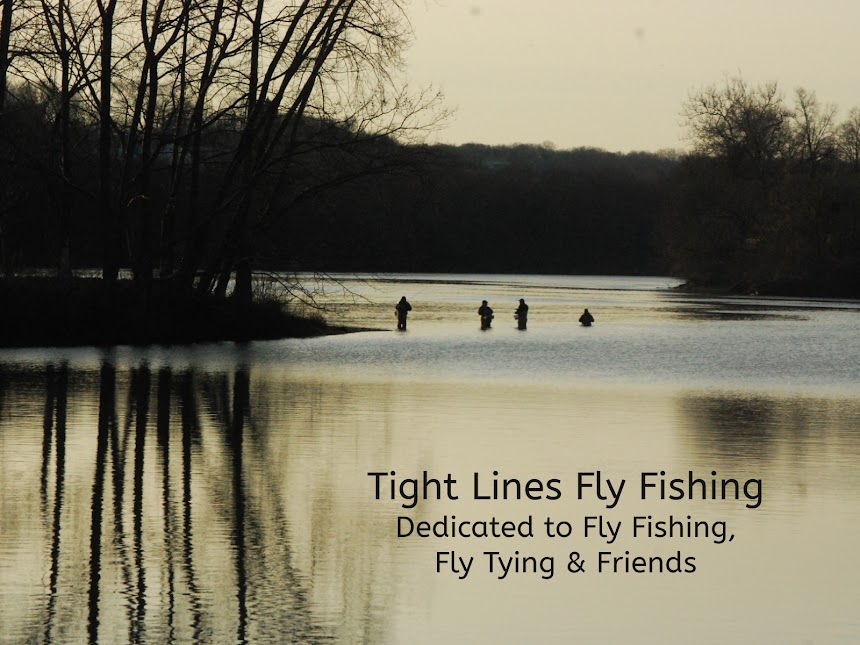The Poacher
Hook: Preferred Hook Hanak
H230BL Size #12 & #14, or Mustad 3366, or wet fly hook of choice.
Thread: Red 6/0 Thread.
Tail: Natural or Dyed Orange Golden Pheasant Breast Fibers.
Rib: Small Copper Wire.
Body: Orange Floss and
Peacock Herl.
Hackle: Brown Hen Hackle Fibers.
This is a great wet fly pattern used a lot by European Fly
Fishermen. I can’t tell you why it’s
not all that popular in the US. It sure
is a fish catcher though. I’ve used it
during sulphur and caddis hatches (even though it was originally developed to
represent a sunken beetle). It’s got a
‘built in’ hot spot’ and Peacock herl.
How can it not catch fish. You need
to carry this fly in your box!
One thing about wet flies. You rarely see any fly shops carrying them. If they do, you’re not going to see this pattern.
I love tying my wet flies on a Hanak H230BL Hook. It has a large gap that I like on my wet
flies. I usually tie this on a Size #12
hook but down scale the size of the fly so that it results in a Size #16. To tie this fly, place your hook in the vice
and start your thread behind the eye. Stop
it just before the bend and cut off the tag end. You are now going to strip 5-6 fibers of the
Breast Feather of a Golden Pheasant. These
fibers will be used as your tail. You
can use natural colors of a dyed orange breast feather. The tail should be 1 hook shank length. Trim the butt ends of your tail. Next, tie in your Small Copper Wire for your
rib at the start of the tail. Now tie in
2 strands of Orange Floss. Wrap the
Orange Floss approximately 1/3 up the hook shank. Cut the butt end of the floss. Next, tie in 2 strands of Peacock Herl. Cut the butt ends and wrap it forward,
leaving space behind the eye for your hackle.
After tying off and cutting the butt ends of your Peacock Herl, counter
wrap your Copper Wire down the body. Tie
and helicopter off the butt end of the wire.
Select a brown Hen Hackle feather.
Tie it in behind the eye. After
stroking the feather fibers rearward, take 2 to 3 wraps with the feather. Cut off the excess feather and form a uniform
head for the fly. Whip finish and add a
drop of head cement or desired finish.
A great instructional video by Davie McPhail can be found below:
If you have any questions about this fly or would like to submit a Fly of The Month I can be reached at pdinice@frontier.com .


No comments:
Post a Comment